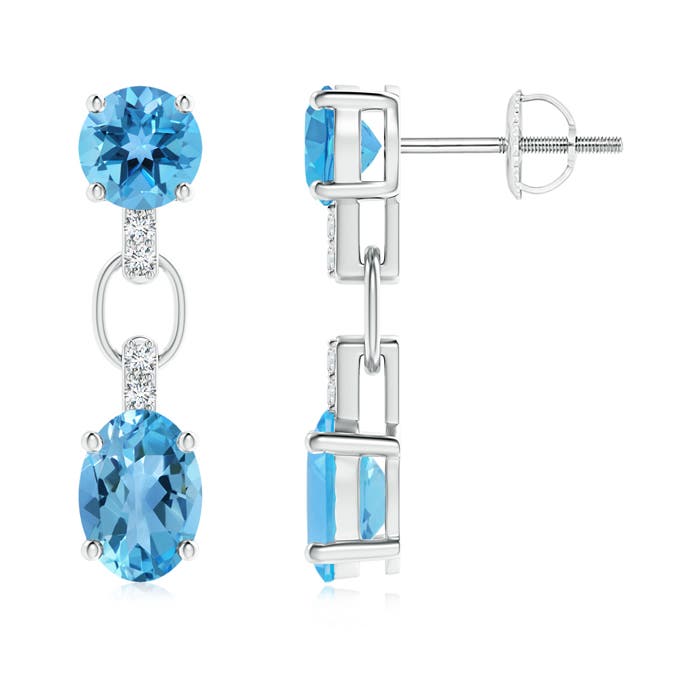

- #MOVE IMAGE TOPAZ CLARITY UPDATE#
- #MOVE IMAGE TOPAZ CLARITY SOFTWARE#
- #MOVE IMAGE TOPAZ CLARITY ISO#

Topaz DeNoise has some options for some specific, more extreme noise scenarios that DXO does not have. In my opinion, DXO Pure RAW 2 does a significantly better job than Topaz DeNoise when both are used on the untouched RAW file, and I can actually trust DXO to batch process hundreds of images as it's also an excellent RAW converter. Sharpen and Gigapixel both work great even at the end of an editing sequence.

#MOVE IMAGE TOPAZ CLARITY UPDATE#
Unfortunately that often yields very mixed NR results (see examples in other thread) and Topaz does not make this very clear, other than to say "you get the best image quality if you import your RAW files directly into DeNoise" at the very bottom of the product page.Īlso, Photoshop would not open DNG files made from the Nikon Z9 loesslessly compressed NEFs output by DeNoise, however I am told a recent update fixed that. Therein lies my complaint - when most people would want to use extra NR (beyond what their preferred RAW converter already does), it would be near the end of final processing or via plug-in after having already done at least a basic RAW conversion on the image. I am probably who you are referring to in that other thread and I didn't realize until exchanging emails with Topaz's CEO that it worked that way.
#MOVE IMAGE TOPAZ CLARITY SOFTWARE#
On their website they state: "Introduced in DeNoise AI v3.3, the "Raw Noise" AI model creates extremely high-quality results from the extra sensor information in raw files." This infers the software produces better results when working from the RAW file vs DNG or non-RAW file. Using DeNoise prior to post processing may be due to the newer RAW processing variable.
#MOVE IMAGE TOPAZ CLARITY ISO#
I have a pretty good idea for the DeNoise settings I will use in DeNoise based on my ISO settings. Most of my shots are night sports photography in poorly lit stadiums/gyms. After the picks are loaded into LR, I send them to DeNoise for noise processing, then back to LR for post processing. It works great that way and I'm very particular about IQ. Topaz actively allows their program to be linked to Photoshop as a filter and that is how I use it. If I don't like the noise level I use Topaz after I've worked in Adobe Camera Raw (with no extra sharpening or clarity added) and then import into Photoshop. I look forward to those experienced Topaz users sharing their insights. Somehow, i was under the impression (wrongly?), that you post-process as normal and if you find offending levels of noise, then you would employ Topaz Noise to do it's thing. Others who rely on Topaz Noise, where do you use the software in your workflow? They suggested that Topaz needed to be used after ingest and BEFORE any digital efforts in other programs such as LR/PS/Luminar. On another thread, someone suggested that Topaz is less effective if it is used AFTER making any adjustments to the RAW image. Very new to using Topaz for noise reduction. where do you use Topaz in your workflow?.Avoid displaying the image at 100% during preview, otherwise risk long preprocessing times, too. Processing time can be long, depending on the parameters selected. The results were consistently more than just good – the results are remarkable in that experienced users are able to recognize the ways in which Sharpen AI is superior to traditional unsharp masks and filters. You can choose from four views: Single, Split View (with slider), Side-by-Side or Comparison (4 up). Operation is simple and the interface is extremely easy to use. We used Topaz Sharpen AI Version 4 as a Photoshop and Lightroom plug-in. Topaz Labs recommends this option should be used instead of traditional sharpening on finely detailed features like eyes, feathers, leaves, and stars. The Too Soft sharpening model works best to give already-good images a little extra sharpness without diminishing other elements of high quality. It can’t work miracles on images that are just fuzzy blobs, but it can save many images that are otherwise unpleasant. The Out of Focus sharpening model reduces lens blur caused by missed focus. Note that conventional Image Stabilization combats the negative effects of camera shake, but IS cannot correct for subject movement. Motion Blur sharpening model reduces the softness caused by camera or subject movement. Even if you are a superhero who never shoots out-of-focus images, we’re sure that occasionally the subject move, as shown here.


 0 kommentar(er)
0 kommentar(er)
